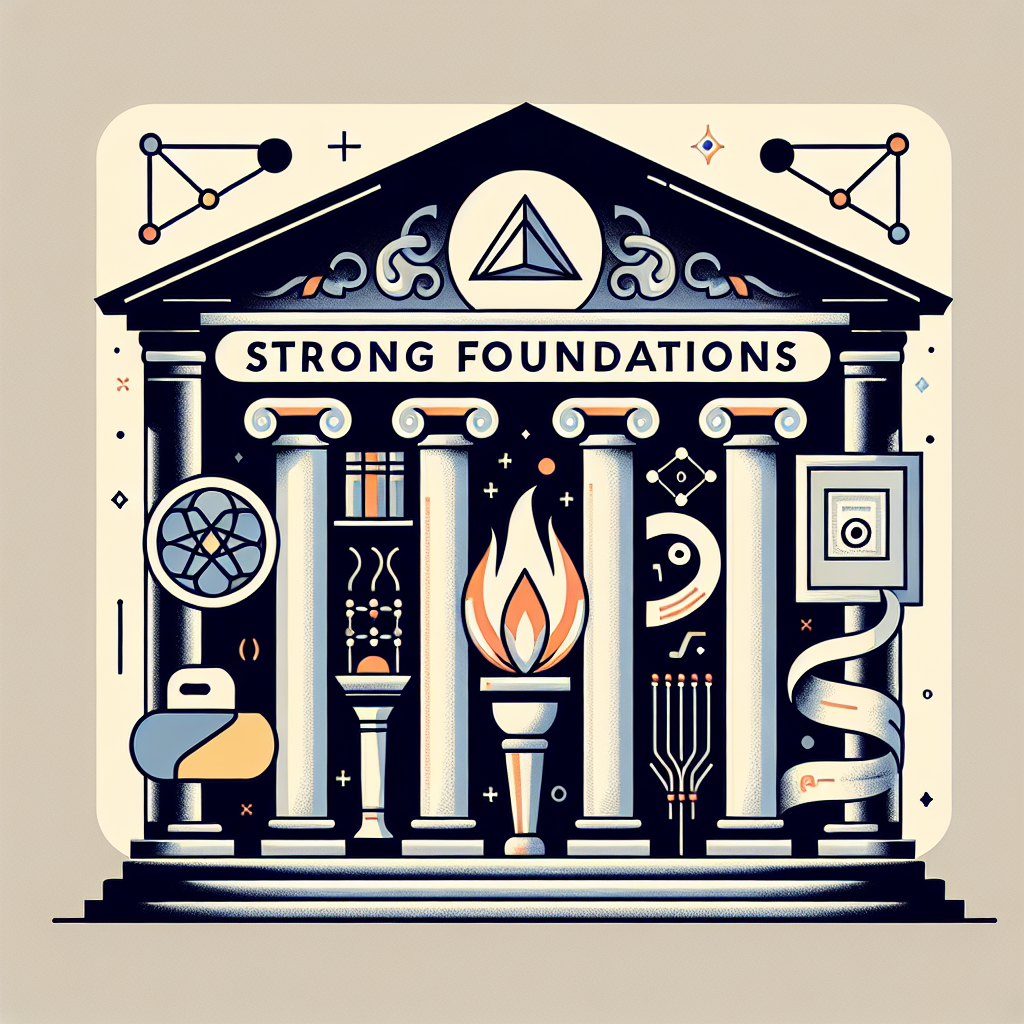Fix today. Protect forever.
Secure your devices with the #1 malware removal and protection software
Building a Strong Foundation: Understanding Deep Learning with PyTorch and TensorFlow
Deep learning has become one of the most popular and powerful techniques in the field of artificial intelligence. It has revolutionized various industries such as healthcare, finance, and technology by enabling machines to learn from large amounts of data and make accurate predictions. Two of the most widely used frameworks for deep learning are PyTorch and TensorFlow. In this article, we will explore the basics of deep learning and how these frameworks can be used to build powerful machine learning models.
Deep learning is a subset of machine learning that uses artificial neural networks to model and learn complex patterns in data. These neural networks are inspired by the structure and function of the human brain, with interconnected layers of nodes that process information and make predictions. Deep learning has been successful in tasks such as image and speech recognition, natural language processing, and autonomous driving.
PyTorch and TensorFlow are open-source deep learning frameworks that provide a set of tools and libraries for building and training neural networks. PyTorch, developed by Facebook, is known for its flexibility and ease of use, making it a popular choice among researchers and developers. TensorFlow, developed by Google, is known for its scalability and performance, making it suitable for production-level applications.
To get started with deep learning using PyTorch and TensorFlow, it’s important to understand the basic concepts and components of neural networks. The building blocks of a neural network include layers, input data, loss function, optimizer, and training loop. Layers are the basic units that perform operations on the input data, such as convolution, activation, and pooling. The input data is fed into the network to make predictions, and the loss function measures the difference between the predicted output and the actual output. The optimizer updates the parameters of the network to minimize the loss function, and the training loop iterates over the dataset to train the network.
Both PyTorch and TensorFlow provide high-level APIs that simplify the process of building and training neural networks. PyTorch uses dynamic computational graphs, which allow for more flexibility and experimentation during model development. TensorFlow uses static computational graphs, which optimize performance and scalability for large-scale applications. Both frameworks support automatic differentiation, which enables the computation of gradients for training the network.
In conclusion, building a strong foundation in deep learning with PyTorch and TensorFlow requires a solid understanding of the basic concepts and components of neural networks. By mastering these frameworks, developers can leverage the power of deep learning to solve complex problems and make meaningful contributions to the field of artificial intelligence. Whether you are a beginner or an experienced practitioner, exploring the capabilities of PyTorch and TensorFlow can open up new opportunities for innovation and discovery in the exciting world of deep learning.
Fix today. Protect forever.
Secure your devices with the #1 malware removal and protection software
#Building #Strong #Foundation #Understanding #Deep #Learning #PyTorch #TensorFlow,understanding deep learning: building machine learning systems with pytorch
and tensorflow: from neural networks (cnn

Leave a Reply
You must be logged in to post a comment.